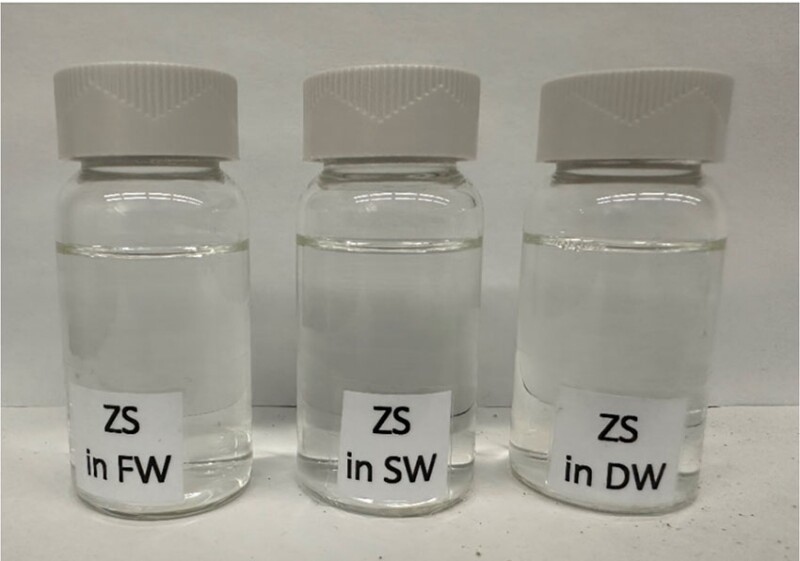Chemical flooding is a major enhanced oil recovery (EOR) method for recovering residual oil within rock pores. Injected chemicals such as surfactant, however, must be soluble in low- and high-salinity brine, compatible with reservoir ions, and stable at elevated temperatures. The main objective of the study described in the complete paper is to explore the potential of locally produced surfactants for EOR in high-temperature and high-salinity reservoir environments. Design and synthesis of the new surfactants were achieved using green or no solvents.
Importance of Chemical EOR
Because only 15–20% of hydrocarbons can be extracted in the primary recovery stage, the waterflooding or gas-injection techniques usually are applied in the secondary recovery stage to extract 15–20% more oil and maintain the oilfield’s original pressure.


